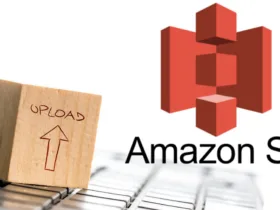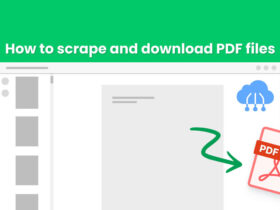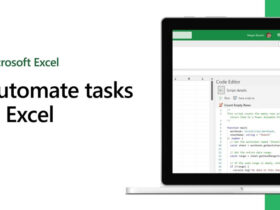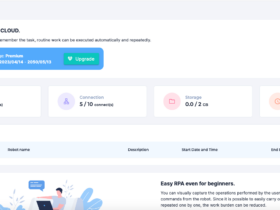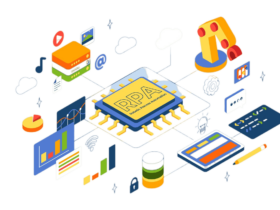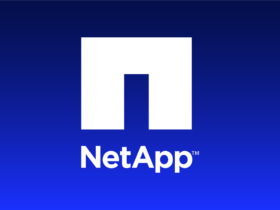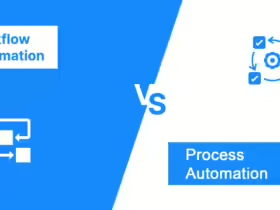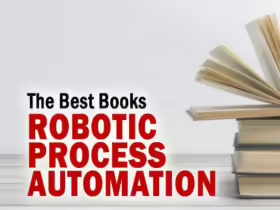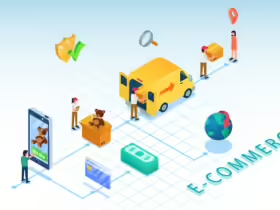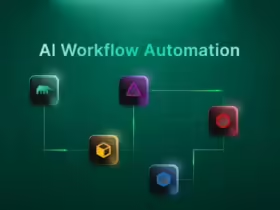Let’s delve into the top 13 Free Workflow Automation Software tools and explore the cream of the crop. Stick with me for the rundown!
In business, a workflow represents a series of tasks or activities designed to achieve specific goals. Utilizing advanced workflow software, whether free or paid, empowers organizations to automate their processes, alleviating employees from tedious responsibilities like data entry and document management, thus enhancing productivity.
Neglecting to invest in organized workflow software can lead to inefficiencies, delays, and a cascade of errors over time, despite some businesses hesitating to allocate resources to such tools.
The question arises: Is paid software necessary? While paid options may offer additional features or a tailored experience, numerous free tools are available that can fulfill the same needs effectively.
What is Free Workflow Automation Software?
Free Workflow Automation Software assists teams in managing their workflows without the need for a license fee. Typically cloud-based, it offers accessibility from anywhere with an internet connection.
This type of software boasts a range of features including task management, Kanban boards, GANTT charts, collaboration tools, and reporting and analytics. Teams of any size can utilize it to enhance efficiency, visibility, and collaboration.
When selecting an Automation Workflow Free Software solution, it’s crucial to consider your team’s specific requirements, such as the number of users, the complexity of workflows, desired features, and the level of support needed.
13 Best Free Workflow Automation Tools in 2024?
To kickstart your journey towards optimizing workflows, begin by mapping out your processes. Delve into various tools available, meticulously examining their features, and perusing user reviews with a keen eye on usability. Empower your team to trial a couple of applications, gather invaluable feedback, and engage everyone in the decision-making process.
It’s crucial to evaluate whether the selected Free Workflow Automation Software genuinely elevates productivity or introduces unforeseen challenges.
1. RPA CLOUD
RPA CLOUD is a remarkably user-friendly, cloud-based software robot designed to streamline and automate repetitive tasks seamlessly. Operating around the clock, 24/7, this innovative solution empowers users to boost productivity without requiring advanced developer skills.
Moreover, RPA CLOUD provides a wide range of functionalities that can seamlessly operate across various platforms such as Google Chrome, Excel, Gmail, Google Spreadsheet, Google Drive, Google Calendar, Google Docs, AWS S3, and FileMaker.
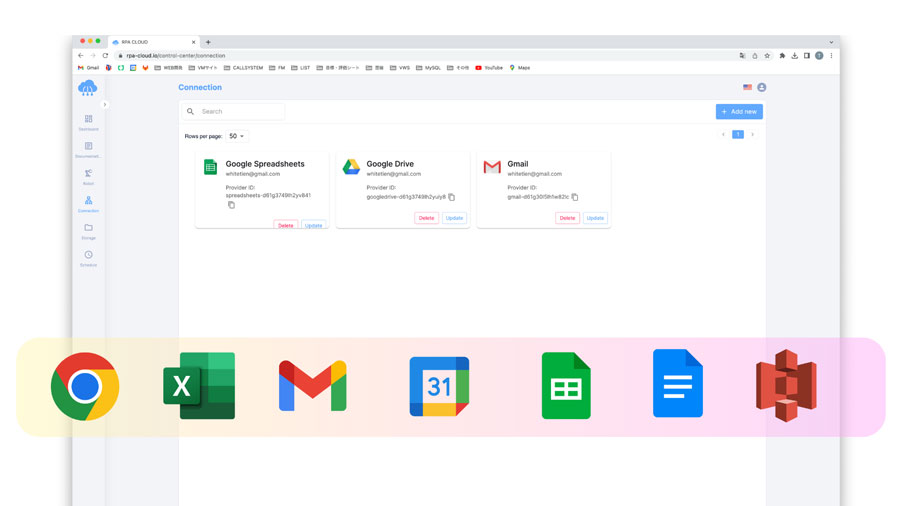
Pros:
- Effective task automation
- User-friendly interface
- Cooperate with a range of working platforms
Cons:
- Additional cost for advanced functions
Pricing: Free plan available. Business plans start from $15 per user/month.
Website: https://rpa-cloud.io./
2. Teamhood
Capterra Score: 4.9/5
Teamhood stands out as a top choice for task and project management, seamlessly integrating collaborative Kanban sessions with Gantt chart planning. Its user-friendly interface makes it ideal for beginners, with frequent updates to adapt to evolving workflow requirements.
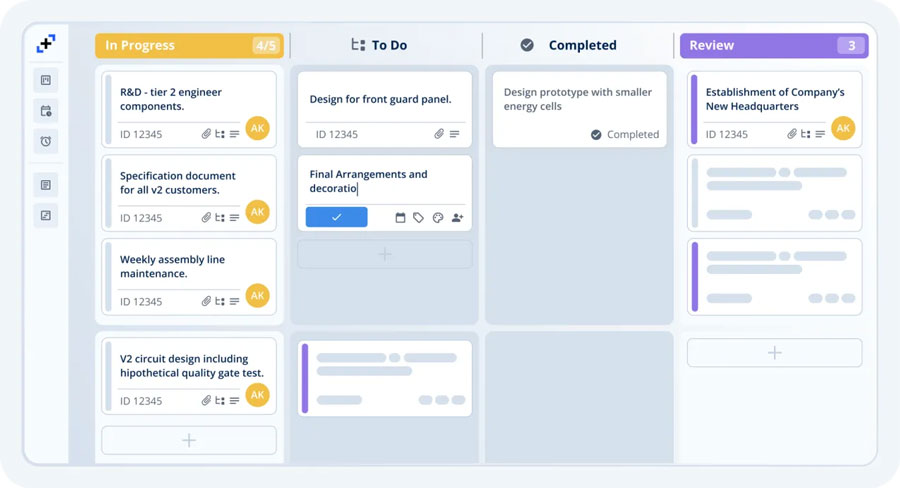
The intuitive programmatic interfaces and visualization controls streamline reporting and analysis. Offering a flexible visual presentation, Teamhood provides a generous free plan for users to explore, though it comes with a user limit.
With features like Gantt charts, workload tracking, and time management tools, Teamhood enables teams to efficiently navigate projects from inception to completion, consolidating all workflow elements in one accessible platform.
Pros:
- Efficient visual tracking and scheduling of tasks
- Multiple task visualization perspectives
- Efficient file creation and management features
- Robust data analysis and report generation tools
Cons:
- Limited integrations, primarily available through Zapier
Pricing: Enjoy a free plan with unlimited user access. Business plans begin at $9 per user/month.
Website: https://teamhood.com/
3. Monday.com
Capterra Score: 4.6/5
Monday.com boasts a sleek interface and offers extensive customization options for boards and task automation. While suitable for basic tasks, users should be wary of potential delays in customer service response and pricing, especially for freelancers. However, it seamlessly integrates with popular tools like Slack, Gmail, SFDC, and Twilio.

With a focus on work automation and a Kanban board view, Monday.com simplifies task management. However, it may lack advanced features beyond this functionality.
While visually appealing, Monday.com may require additional tools for note-taking and lacks intuitiveness for complex projects. It’s better suited for visual and straightforward tasks rather than intricate project management.
Pros:
- Customizable boards
- Efficient task automation
- Sleek visual design
Cons:
- Challenges in linking functionalities
- Clunky navigation
- Expensive for global use
Pricing: Enjoy a free plan for up to 2 users. Upgrade to business plans starting at $19 per user/month.
Website: https://monday.com/
4. Miro
Capterra Score: 4.7/5
Miro proves to be a reliable tool for seamless project management, excelling in visualizing workflows and fostering collaborative ideation. Its user-friendly interface, along with features like voting and sticky notes, facilitates effortless engagement.
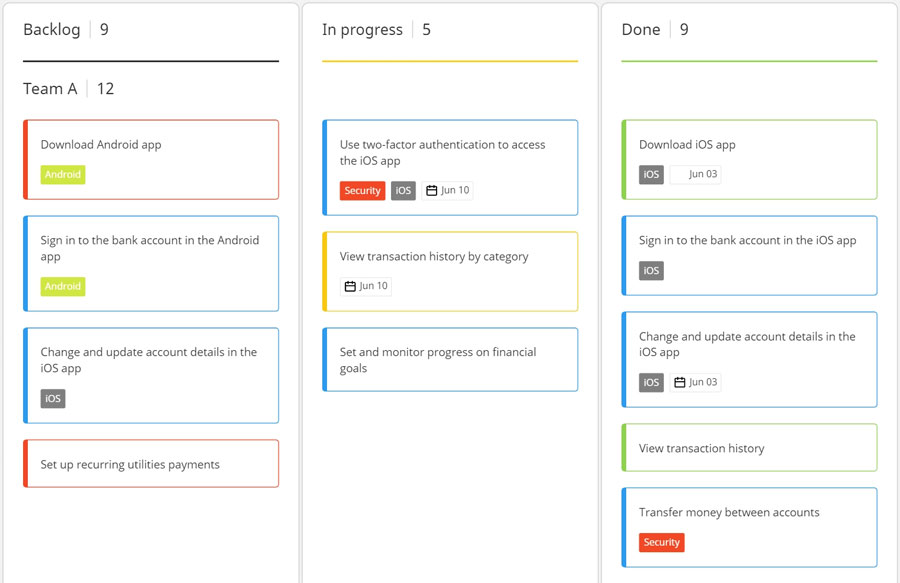
However, users may encounter difficulties managing multiple boards and tabs within the native app, and integration assistance may be necessary.
Despite these challenges, Miro offers flexibility and real-time collaboration. Nevertheless, mastering advanced features may require overcoming a learning curve.
Pros:
- Flexible diagramming features
- Real-time visualization
- Diverse range of templates
Cons:
- Occasional lag
- Complexity for beginners
- High browser resource usage
Pricing: Free plan available. Business plans start from $8 per user/month.
Website: https://miro.com/pricing/
5. DocuWare
Capterra Score: 4.6/5
DocuWare stands out for its prowess in automating workflows and managing emails effectively. The software’s ability to centralize tasks such as invoice processing, document management, and employee administration proves highly efficient, despite potential concerns about cost and complexity.
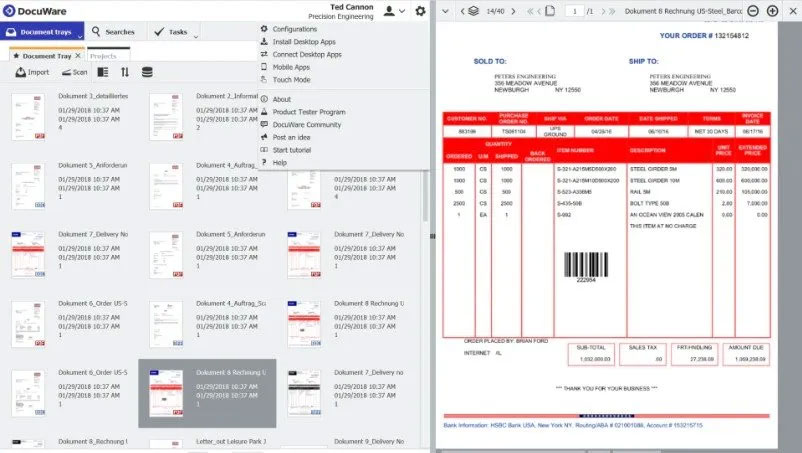
With intuitive workflow functionality, DocuWare simplifies task and project management. While some users express reservations about the older email system, overall sentiment remains positive.
Pros:
- Streamlined automation
- Customizable workflows
- Document tracking capabilities
- Centralized document repository
Cons:
- Learning curve for new users
- Limited focus on South American markets
- Interface challenges
Pricing: Offers various pricing options, ranging from $25 to $1,500 per month.
Website: https://start.docuware.com/
6. Asana
Capterra Score: 4.5/5
Asana excels in project management, offering efficient task collaboration and seamless task creation. Its celebratory animations upon task completion add a delightful touch to the user experience.
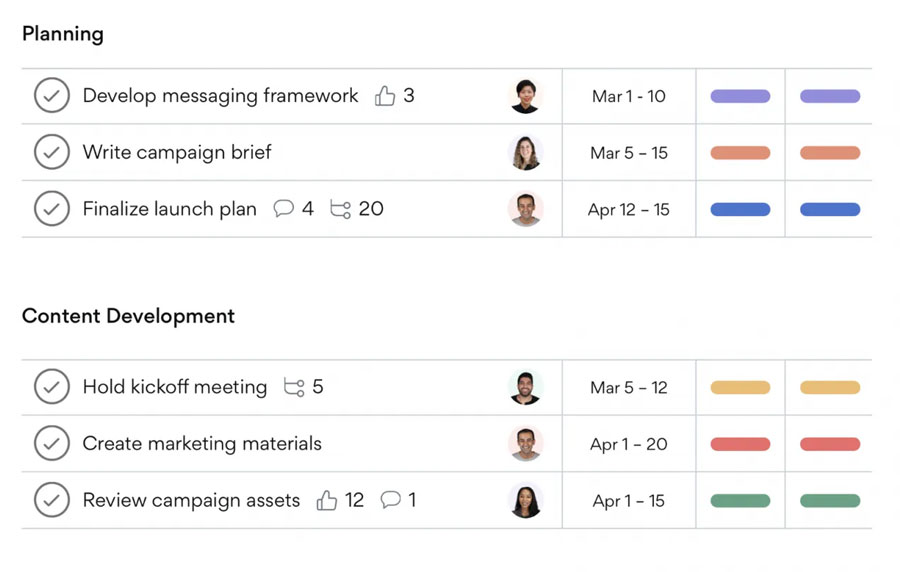
However, the platform may feel overwhelming, particularly for novice users. Managing tasks, such as deleting or deferring them, can be cumbersome.
On the positive side, Asana continues to evolve and improve as a project management tool. Its smooth integration with apps like Slack enhances productivity, although data export functionalities could be enhanced. With its user-friendly interface and customizable features, Asana can be tailored to fit the unique workflows of different teams. While solid overall, it may not be the perfect fit for everyone.
Pros:
- Adaptable to various workflows
- Effortless integration with other applications
- Simple interface navigation
Cons:
- Steep learning curve
- Task management challenges
- Missing specialized functionality
Pricing: Free plan available for up to 15 users. Business plans start from $10.99 per user/month.
Website: https://asana.com/
7. Hive
Capterra Score: 4.5/5
Hive proves to be a reliable solution for project management, offering effective organization, deadline management, and progress tracking. Its user-friendly interface significantly contributes to streamlining workflow management.
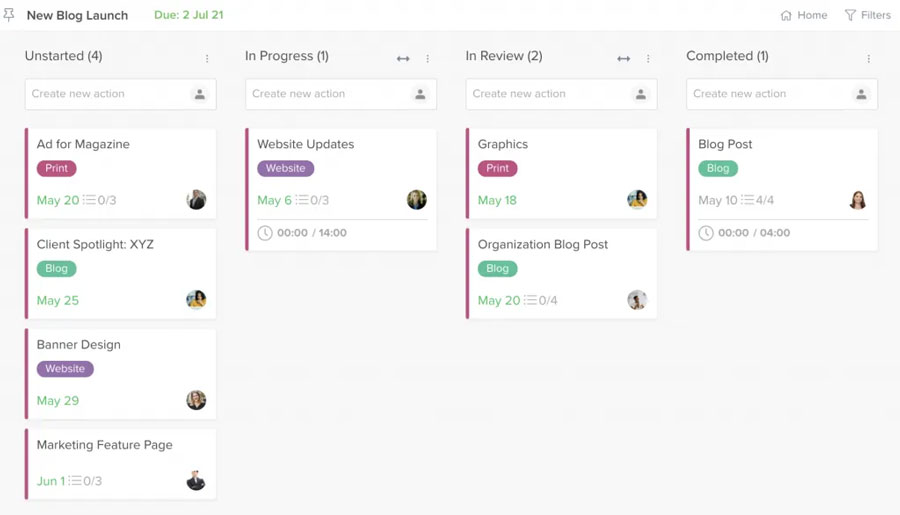
The platform’s customizable workflow capabilities are a major advantage, although it may require some time to fully grasp its flexibility. Impressive integrations allow seamless collaboration with email calendars and Microsoft Teams, enhancing productivity. Despite occasional challenges like difficulty in locating features and sporadic glitches, Hive remains a valuable tool for project and team coordination.
Pros:
- Intuitive task organization
- Tailored workflow structures
- Effective project timeline monitoring
- Integration with various tools
Cons:
- Learning curve for beginners
- Occasional usability glitches
- Difficulty with recurring tasks
- Challenges in pasting screenshots
Pricing: Free plan available for up to 10 users. Business plans start at $12 per user/month.
Website: https://hive.com
8. Trello
Capterra Score: 4.5/5
Trello emerges as a versatile tool for project management, offering comprehensive task handling capabilities such as lists, labels, team assignments, and deadlines. Its smooth interface facilitates easy organization in a kanban-style format, complemented by seamless integration with plugins for enhanced efficiency.

However, users should be aware of a slight learning curve at the outset and potential challenges in manual card shuffling. Despite these considerations, Trello remains a top choice for smaller projects, boasting simplicity, visual appeal, and a clean board setup. However, managing numerous boards may lead to clutter and complexity.
Pros:
- Visual Kanban organization
- Efficient task tracking
- User-friendly interface
- Flexible customization options
Cons:
- Limited advanced features
- Not suitable for projects with large scale
- Learning curve for beginners
- Absence of Gantt charts
- Additional pricing for advanced functionality
Pricing: Free plan available. Business plans start from $5 per user/month.
Website: https://trello.com/pricing
9. Kissflow
Capterra Score: 3.9/5
Kissflow earns praise for its user-friendly interface, ease of use, and time-saving features. Customizable workflows simplify setup according to individual work processes, while API access adds flexibility. However, users may encounter challenges with integrations, particularly due to confusion with the 4.0 API, impacting platforms like Google Workspace and Zapier.
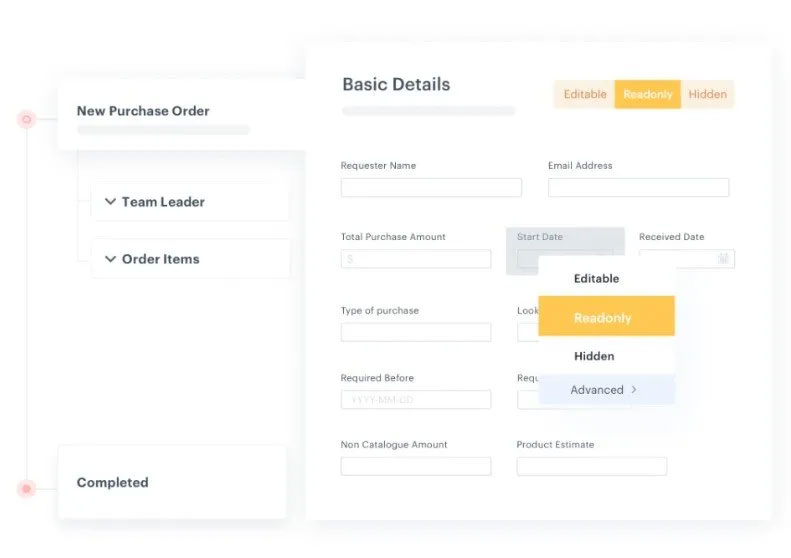
On the flip side, there is a learning curve, and certain features may need enhancement based on specific criteria. While Kissflow offers straightforward workflow management, users seeking extensive customization options may find it lacking. Nonetheless, with some adjustment, Kissflow can serve as a reliable solution for those comfortable with a learning curve and willing to adapt workflows as needed.
Pros:
- User-friendly workflows
- Time-saving automation
- Customizable processes
Cons:
- Learning curve
- Limited customization
- Integration complexity
- Feature inclusion requirements
- Requires tweaking for optimal use
Pricing: Free plan available. Business plans start from $9.90 per user/month.
Website: https://kissflow.com/pricing/
10. YouTrack
Capterra Score: 4.4/5
YouTrack emerges as a robust project management tool offering various interfaces and extensive customization options. Its intuitive navigation facilitates separate project management for each team, while customizable workflows and automation capabilities are significant advantages.

However, the reports feature requires improvement to enhance flexibility. While integration with tools like GitHub and Bitbucket is convenient, better documentation for smoother onboarding would be beneficial.
Despite these considerations, YouTrack remains a dependable choice for team collaboration and issue tracking. Nonetheless, enhancements in report customization and user experience through the inclusion of more advanced features would further elevate its appeal.
Pros:
- Automated workflows
- Seamless task collaboration
- Flexible integration options
Cons:
- Limited documentation
- Rigidity in workflows
- Limitations in notification system
- Constraints in report customization
Pricing: Free plan available. Business plan starts from $5 per user/month.
Website: https://www.jetbrains.com/youtrack/
11. Notion
Capterra Score: 4.7/5
Notion wraps up our list with its user-friendly interface, allowing for easy task rearrangement and creation. Users appreciate the customization options, enabling personalized organization of tasks and projects.
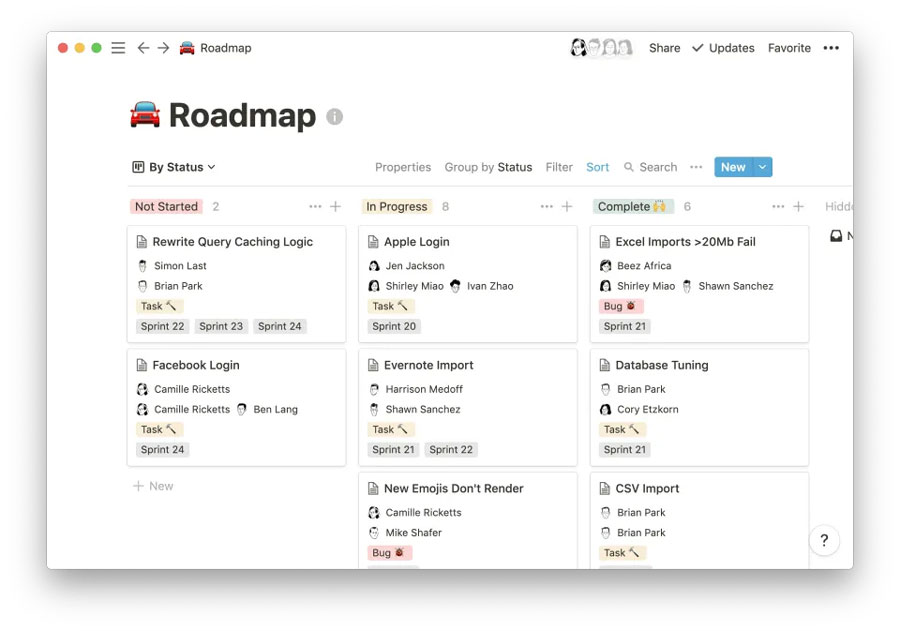
However, some users note that Notion lacks certain features and has a learning curve, particularly on its mobile app. While the AI feature garners praise for enhancing writing, occasional inaccuracies and limitations with image usage are reported.
Notion integrates smoothly with other tools, although users encounter difficulties in finding nested pages and inserting linked pages. Despite these challenges, Notion shines in many aspects, albeit requiring some improvements for a seamless workflow management experience.
Pros:
- Customizable workflow options
- Flexible project organization
- Integration with various tools
Cons:
- Confusion with the mobile app
- Limited image reuse options
- Occasional AI hiccups
Price: Free version available. Business plans start at $8 per user/month.
Website: https://www.notion.so
12. Slack
Capterra Score: 4.7/5
Slack stands out as a powerful team management tool, offering a global chatroom environment for quick communication and collaboration from anywhere. Beyond messaging, it consolidates all team-related activities thanks to seamless integrations with other solutions.
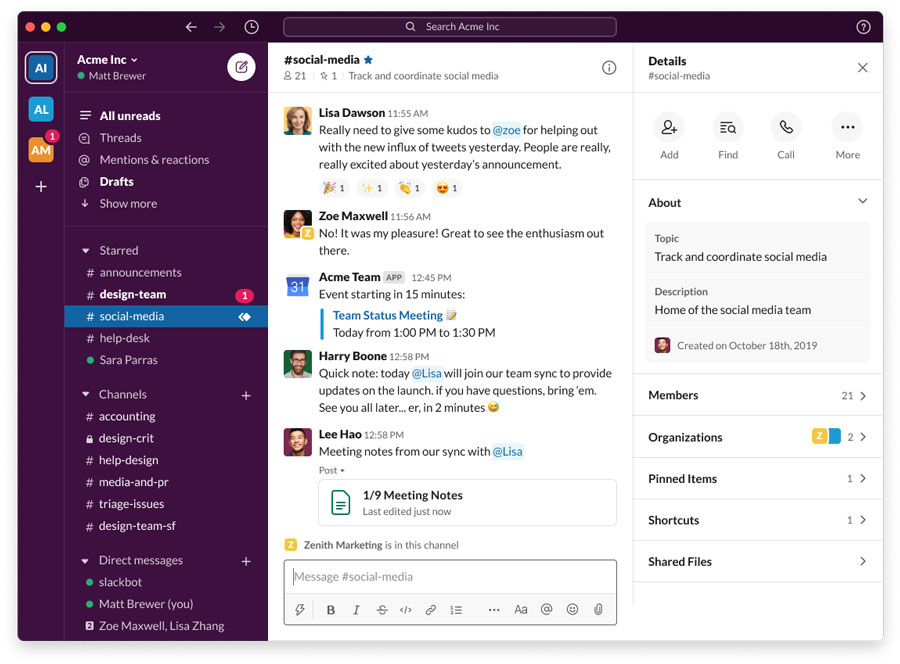
However, navigating Slack can feel overwhelming at times, particularly in maintaining organization amidst the abundance of information. The absence of default views to manage noise levels adds to the challenge.
Pros:
- Intuitive and user-friendly interface
- Integrations enable seamless information sharing from various sources
Cons:
- Lacks internal task management capabilities
Pricing: Free plan available. Business plans start from $7.25 per user/month.
Website: https://app.slack.com/plans/
13. Scoro
Capterra Score: 4.6/5
Scoro emerges as a robust solution for collaborative task, project, and team management. Its flexibility allows for customizable workflows, and integration options with tools like Google Calendar via Zapier are widely appreciated.
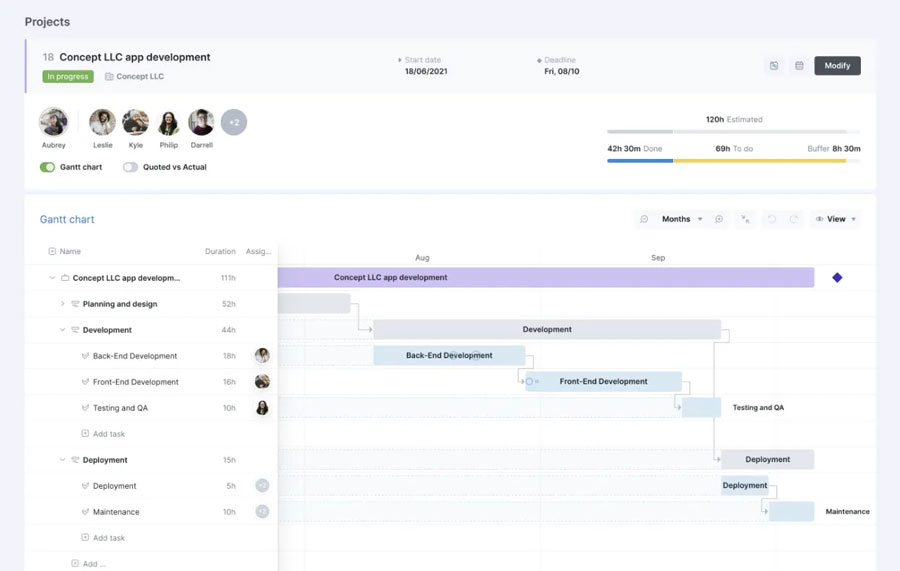
However, users note a learning curve, requiring time to fully grasp its functionalities. Integration issues and the platform’s pricing are mentioned as drawbacks. Despite these considerations, Scoro effectively handles workload management, albeit requiring some initial time investment.
Pros:
- Customizable workflow options
- Efficient project organization
- Integration flexibility
Cons:
- Potential integration hiccups
- Time-consuming implementation
- Initial training investment
- Moderate cost consideration
Pricing: Business plans start from $19 per user/month.
Website: https://www.scoro.com/pricing/
What Does Free Workflow Automation Tools Do?
Many Workflow Automation Free Software tools come with these essential features:
- Task Organization: You can list tasks and sort them in various ways like hierarchy, chronological order, project-wise, or by tags.
- Dependency Tracking: These tools allow you to map dependencies between tasks, showing how one task’s completion affects others.
- Deadline Management: You can set deadlines for tasks and keep track of them as they progress.
- Diagram Creation: Create visual diagrams illustrating the sequence of tasks or project milestones.
Advanced tools go further by automating workflows you’ve designed. They use triggers and rules to automatically assign tasks, files, and notifications to the right people.
How to Choose The Best Software?
It sounds like you’ve conducted a thorough evaluation of project management tools and have developed a set of criteria to guide your selection process. Here’s a summary of the key factors you’ve highlighted:
- User Interface (UI): The usability of the tool is crucial for you and your team. A good user interface ensures ease of use and adoption.
- Completely Free to Use: You’ve prioritized tools that offer a free plan with essential features, allowing you to use them indefinitely without any cost.
- Scalability: It’s essential that the chosen tool can scale as your team and project requirements grow. This means the ability to upgrade plans to accommodate more users and additional functionality.
- Integrations: Integration with other web-based software is crucial for streamlining workflows and automating processes. This includes linking the tool with messaging apps and setting up automated notifications for task completion.
By considering these criteria, you’re ensuring that the selected Free Workflow Automation Software meets your current needs while also being adaptable and compatible with your business processes and future growth. It’s a comprehensive approach that takes into account both usability and functionality.


